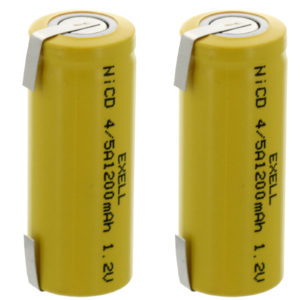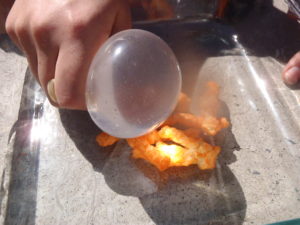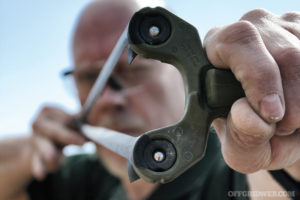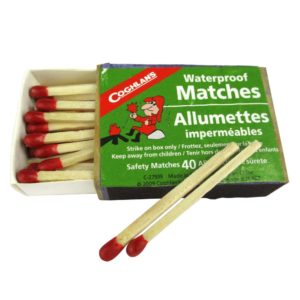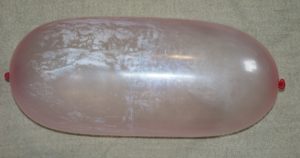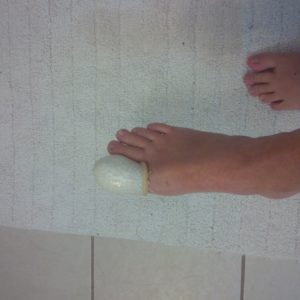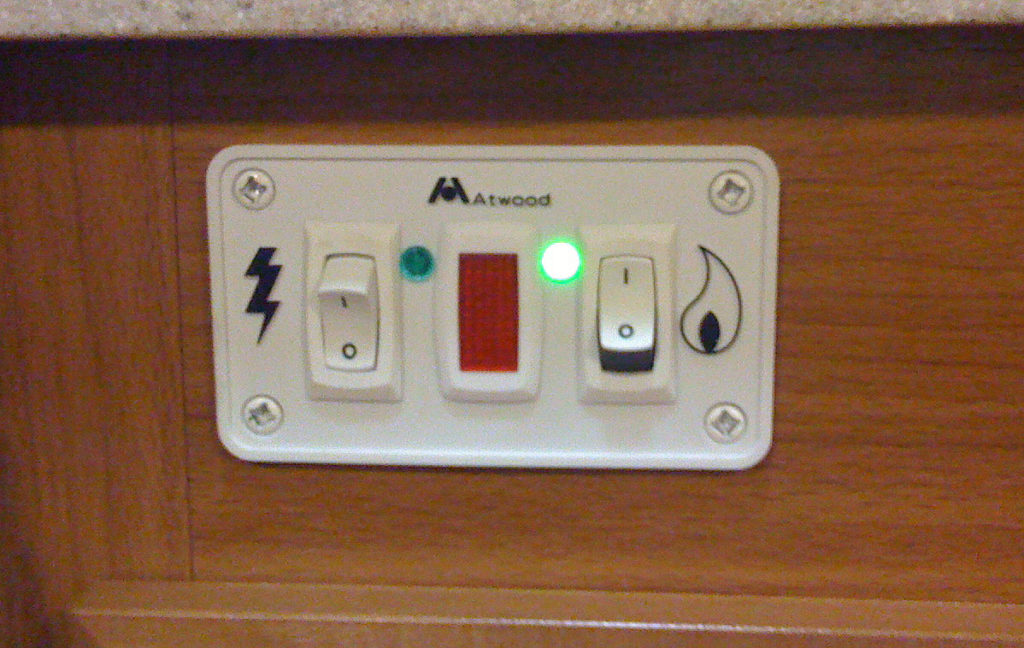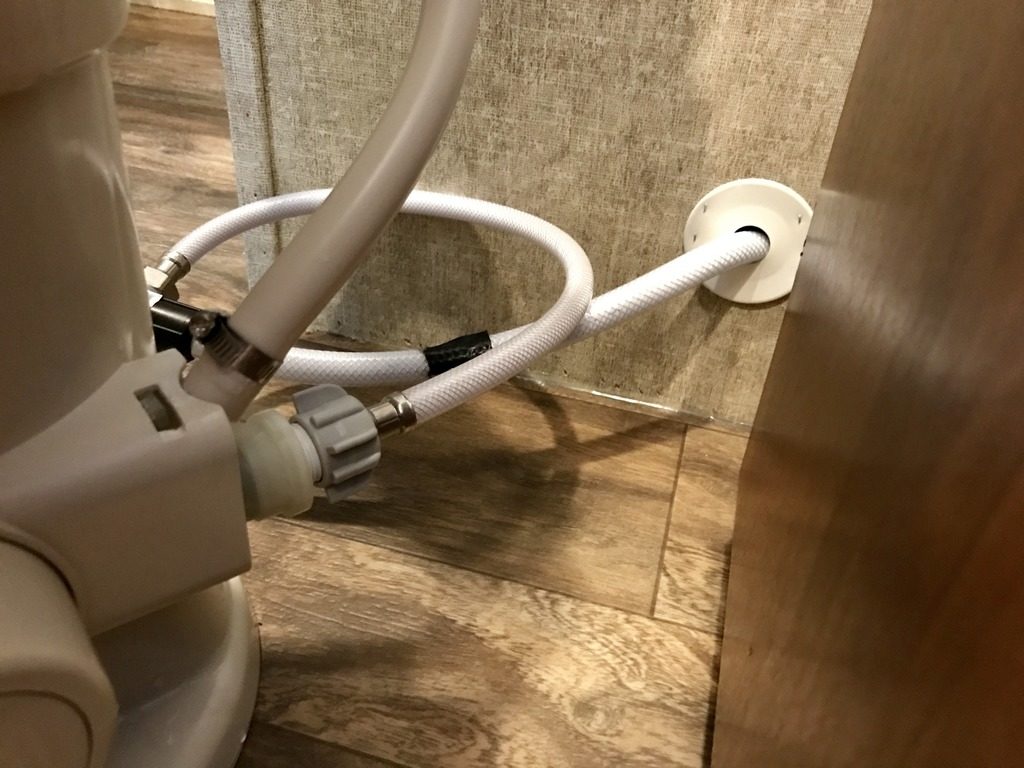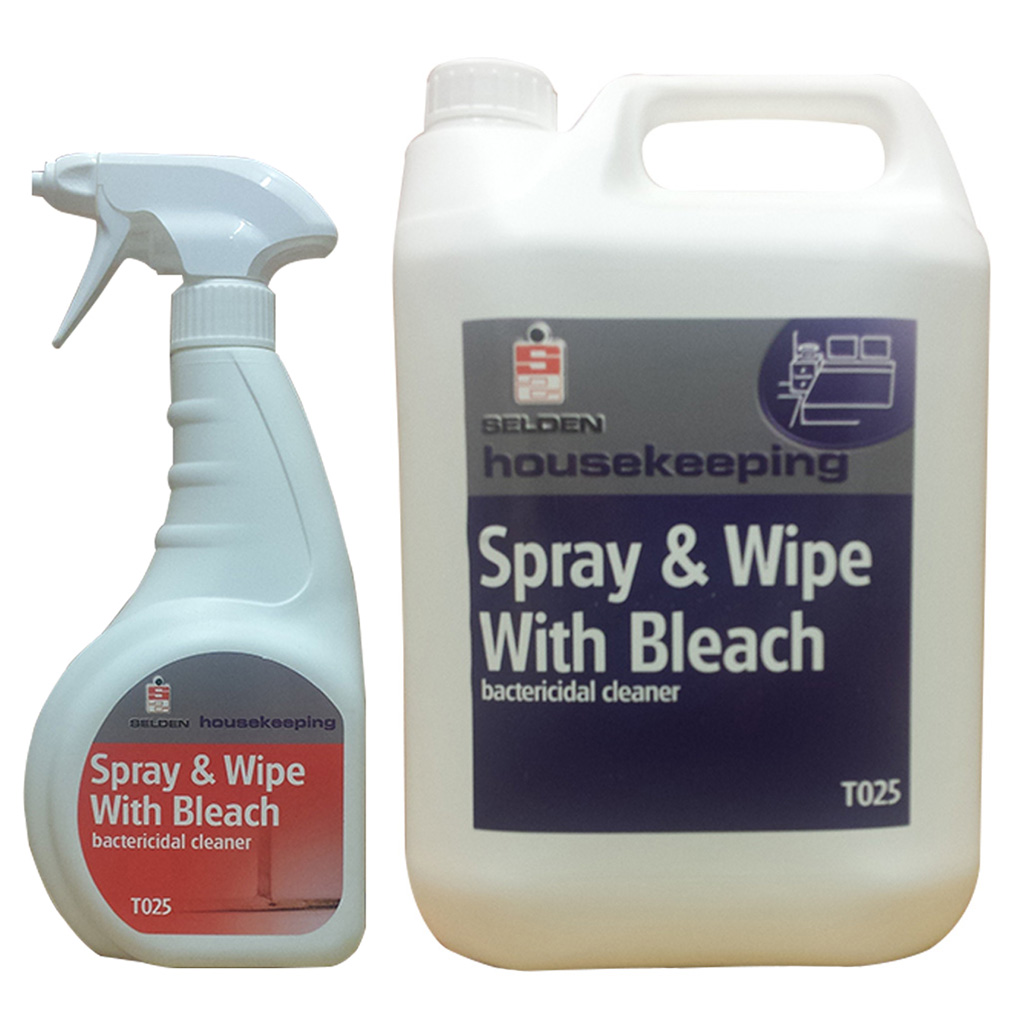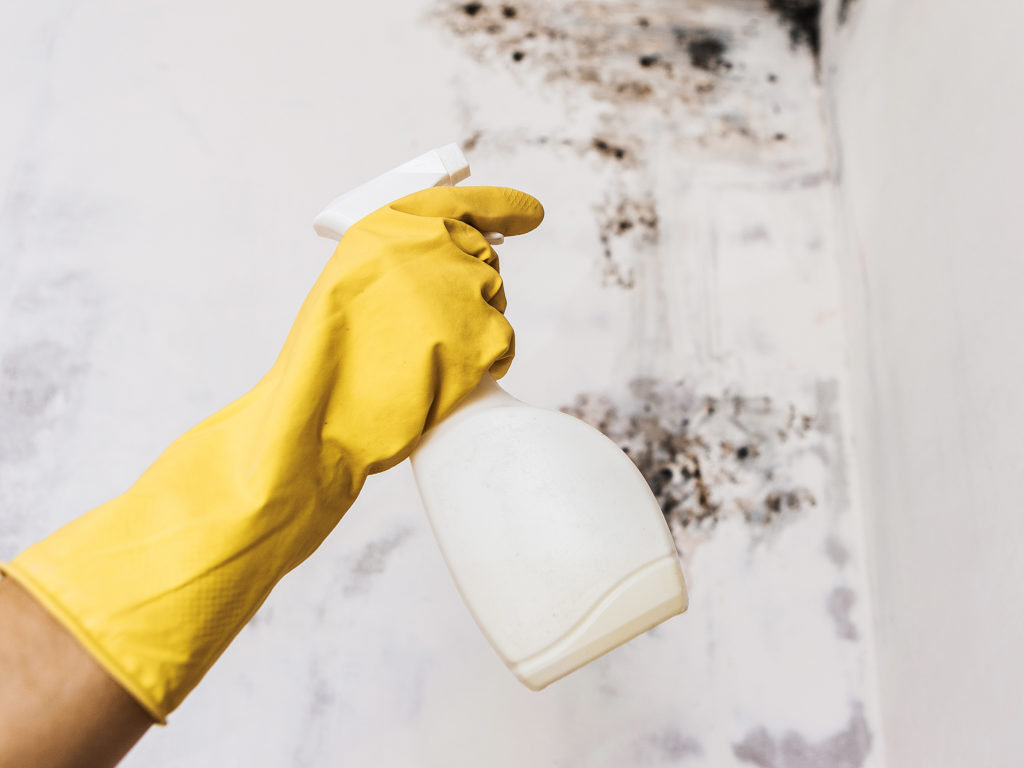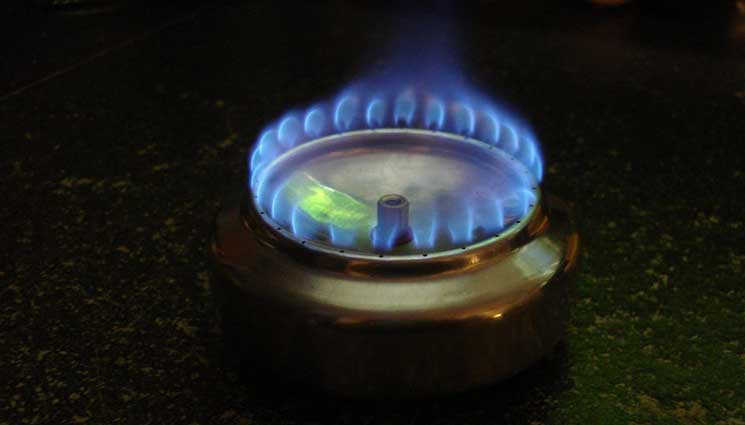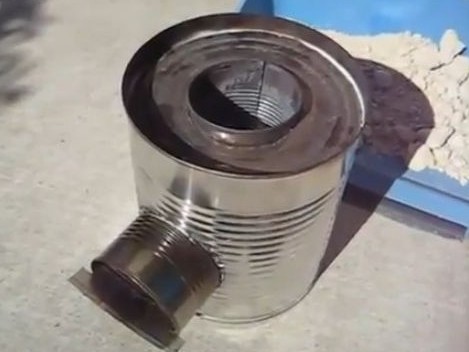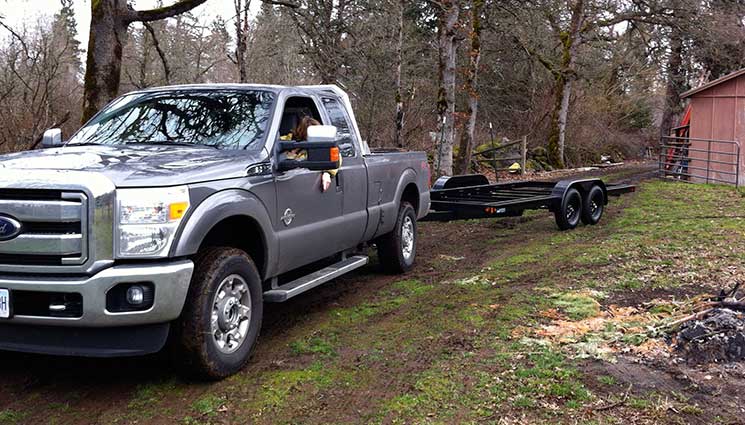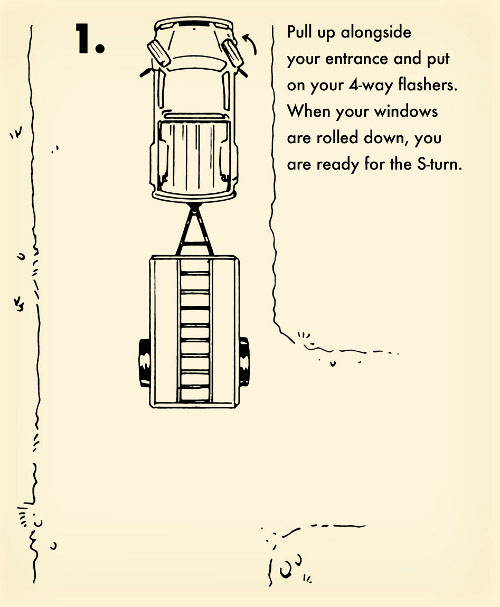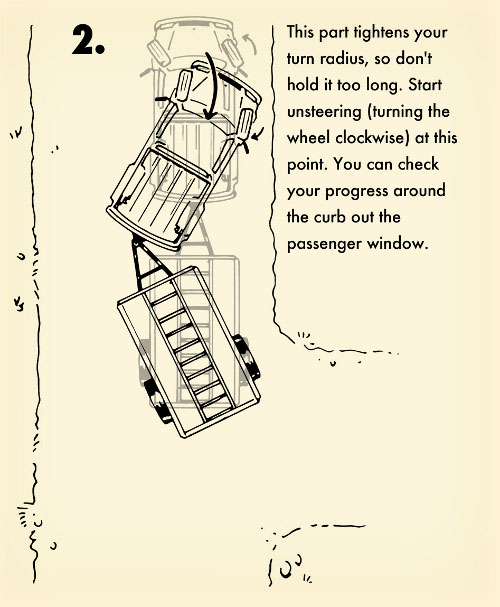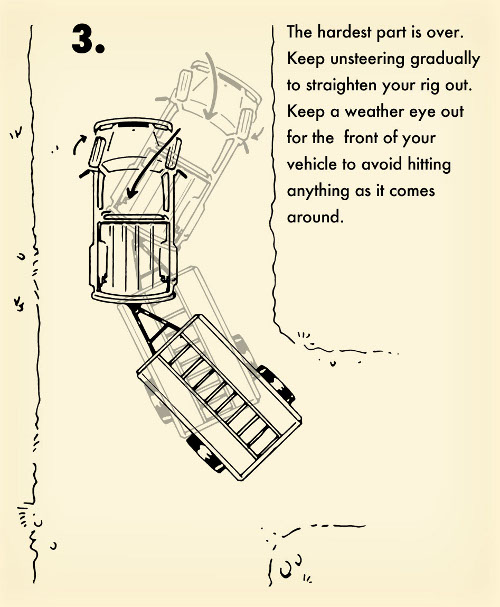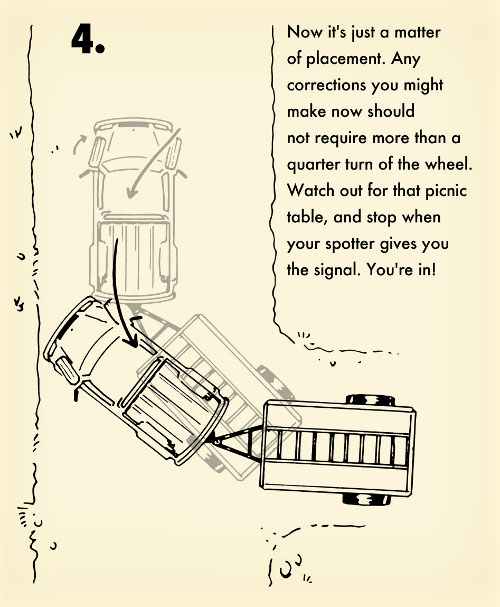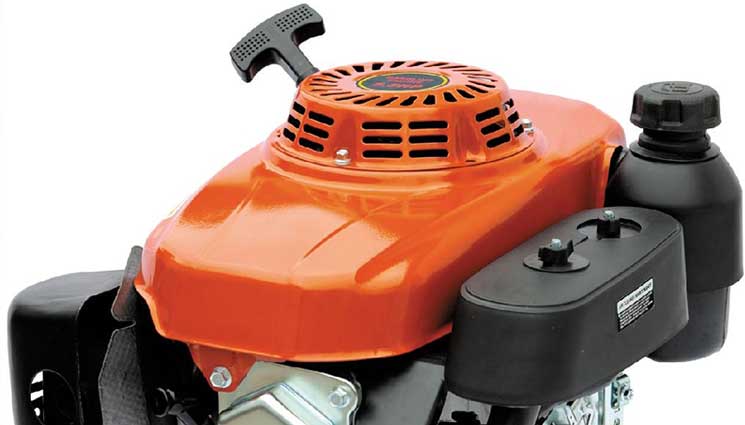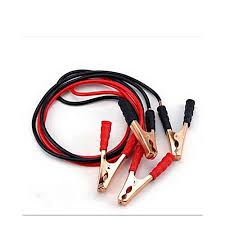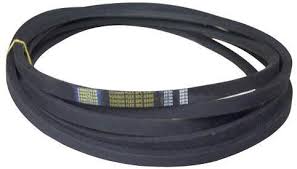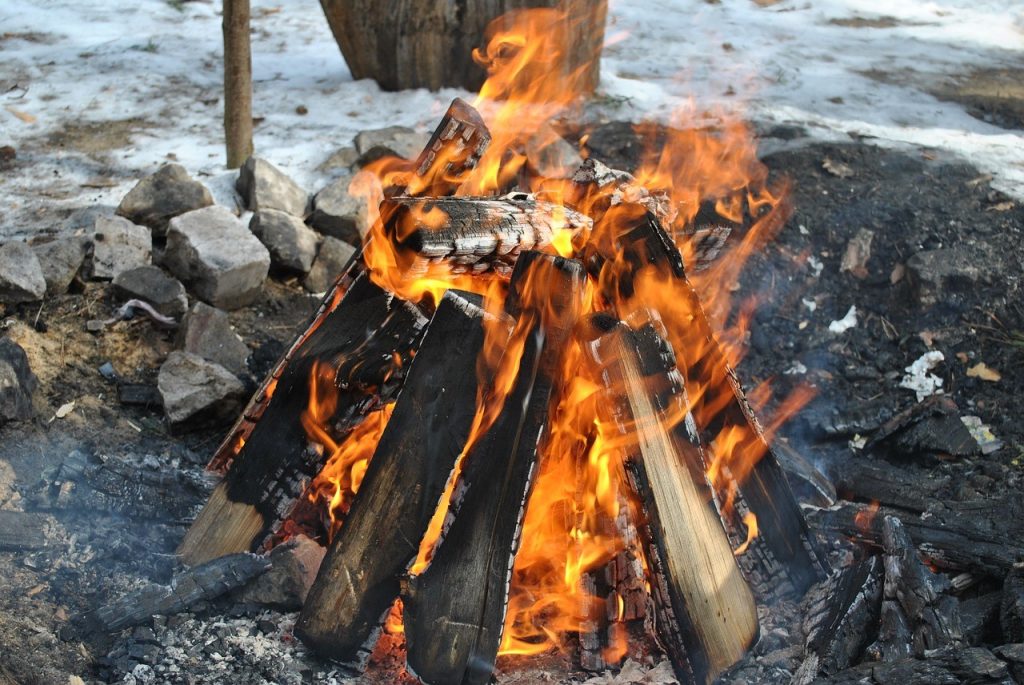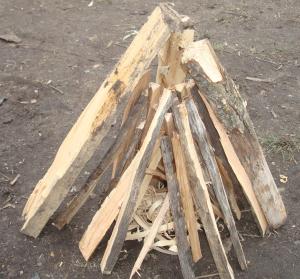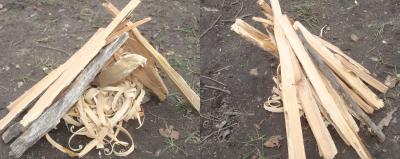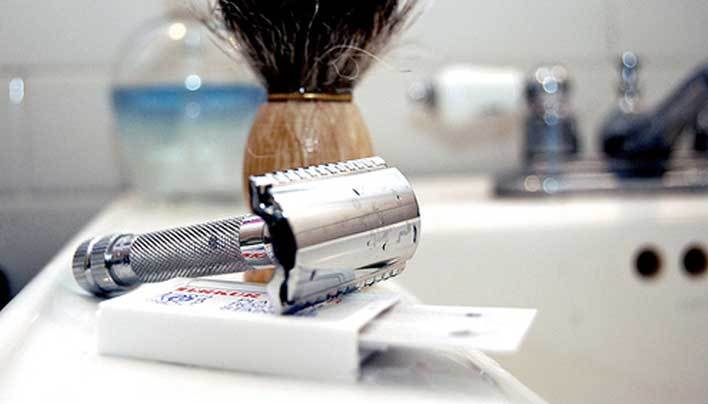Red raspberry leaf tea is especially popular due to its possible benefits for pregnant women. And not only.
Botanical Name: Rubus idaeus, Rubus strigosus
Family: Rosaceae
Other Common Names: Red raspberry, European raspberry, American raspberry
Parts Used: Leaf, berry, twigs, and roots (less common)
Energetics: Dry
Thermal Properties: Cool
Actions: Astringent, nutritive, tonic
Taste: Sour, astringent
Plant Uses: Uterine tonic, mineral concentrator, decreases PMS symptoms, reduces blood sugar, reduces high blood pressure, high in antioxidants and bioflavonoids, used as a mouthwash for gum health
Plant Preparations: Herbal infusion, tea, food (fresh, juice, dried), tincture, pills, herbal vinegar
Toxicities/Warnings: Raspberry is generally regarded as safe. Red raspberry leaf is one of the safest of all the uterine/pregnancy tonic herbs. Some sources claim that raspberry leaf can start uterine contractions, but this action is under scientific debate.
Introduction
Red raspberry is a beautiful perennial herb that is both food and medicine—worth having in every garden. While many people’s preferred method of using raspberry leaf is in a nourishing herbal infusion, this herb lends itself well to teas, tinctures, and even smoking blends. The leaves of this herb are quite prolific and are well suited to forested settings and the shady parts of the home garden. Another gift of the raspberry plant is the ease of its own reproduction (its spreads itself around your garden easily). It should be no surprise that this is one of the foremost herbs related to human reproduction systems, as well!
Raspberry has been used throughout the world, dating back to Palaeolithic times. Interestingly, historical data can be found that almost every part of this plant has been used for either food or medicine. Raspberry was used by many Native American tribes for toothaches (Cherokee), as an eyewash (Chippewa), and for kidney issues (Iroquois).
Other historical uses for raspberry include as a mouthwash for canker sores and gingivitis and, in Tibetan medicine, as a tea for emotional disturbances and exhaustion. Even the fruit, infused in vinegar, has been used medicinally for sore throats and coughs. By the European Middle Ages, raspberry became well known as a women’s tonic and was regularly used during the childbearing years.
The common thread connecting raspberry to these conditions, through history, has been its tonifying actions in the body.
In modern times, red raspberry leaf is one of the most widely used herbs for women of childbearing age.
Its reputation as a women’s herb is well founded, with a long history of usage in treating everything from heavy bleeding during menstruation to easing and assisting with childbirth and postpartum recovery.
While raspberry is commonly used by women, this is an herb that is valuable to men and children as well, due to its extremely high nutritional content. It boasts an array of vitamins and minerals such as iron, niacin, and magnesium. With its agreeable flavor, red raspberry leaf is commonly added to tea blends.
Red raspberry’s scientific name, Rubus idaeus,comes from the Latin word rubus meaning red and the species name ideaus,whichrefers to its occurrence on Mount Ida, near Troy in northwest Turkey.
Benefits
L
Uterine Tonic: Raspberry leaf tones the uterus and muscles of the pelvic region, thus assisting in postpartum recovery. Its astringent nature also helps to minimize bleeding during menstruation. This effect is thought to be due to the active principle fragrine.
Highly Nutritive: Build up and nourish your body with this rich source of nutrients.
Eases Morning Sickness: This may be due to the astringent properties of the Rubus genus.
Eases Childbirth: Can reduce pain during labor and afterbirth by increasing blood flow to the uterus, thus increasing uterine efficiency.
Galactagogue: Assists in the production of breast milk.
Lower Blood Sugar Levels: Raspberry leaves can assist in blood sugar management for diabetics.
Soothing Mouthwash: Often used for a variety of oral inflammations.
Fruit
- Heart Health: Improve heart health by improving cholesterol levels, thus reducing high blood pressure.
- Diabetic Health: Helps to control blood sugar and reduces vascular inflammation in patients with pre-diabetes.
Medicinal Properties
Throughout history, red raspberry has been associated with pregnancy and childbirth. It nourishes and builds up a woman’s body as she takes on the epic task of growing a new life. For many people, morning sickness can also be managed with raspberry leaf infusions or tinctures. As childbirth draws near, raspberry leaf helps to strengthen the uterus and pelvic muscles. This lessens the mother’s pain and helps to facilitate an easier birth.
The astringent powers of the leaf also help to minimize bleeding. After the baby is born, raspberry leaf can continue to nourish the mother’s body and build her back up. It also helps to stimulate milk for the infant.
But let’s not make the mistake of thinking that red raspberry is only for mothers. Raspberry leaf is useful for men and women of all ages as a nutritive. It is also useful for those with heart disease or diabetes.
Nutritional Properties
Red raspberry leaves are a true nutrient herb, high in fiber; flavonoids; vitamins A, C, E; and several minerals (calcium, magnesium, manganese, iron, and potassium). Further, these nutrients are in forms that are readily absorbed by our bodies.
It’s good to know that red raspberry leaf is high in aluminum, as well. Aluminum is not a nutrient, and is actually quite dangerous to the body. However, aluminum from plants is very poorly absorbed. Virtually all of it will be expelled from the body.
Preparations and Typical Dosing
One of the best ways to consume nutritive herbs is in a nourishing herbal infusion that is allowed to cool completely before straining. Mason jars and french presses are useful vessels for making these.
What is the difference between a regular herbal infusion and a nourishing herbal infusion? A nourishing herbal infusion is similar to a standard infusion (such as is used to make tea), but it is steeped much longer and uses a larger amount of the herb, thus creating a more medicinally potent beverage.
This long steep time is vitally important for extracting the minerals from our herbs. It has been found that a cup of nettle tea has 5-10 mg of calcium, but a nourishing herbal infusion of nettle can contain between 200-250 mg of calcium.
While a standard infusion is a sweet and beneficial way to consume herbs, a nourishing herbal infusion is the best choice when you want to extract as much benefit from your plants as possible.
Nourishing Herbal Infusion
Cover one once of dried raspberry leaf with a quart of boiling water. Allow it to steep for 4-8 hours. Drink 1-3 cups daily. Refrigerate any unused portion, and it will stay good for up to 3 days.Y
Tea
Measure out 1 teaspoon of crushed raspberry leaves into an 8 ounce glass. Cover with hot water and steep for at least 5 minutes. Longer is better! Drink 1-3 cups daily.
Herbal Vinegar
Place dried raspberry leaves into a glass jar and cover with vinegar at a weight-to-volume ratio of 1:5. This means that for every kilogram of herb, you would use 5 liters of vinegar. (Or, for a more manageable amount, that’s 200 grams of herb to 1 liter of vinegar.)
Tincture
A raspberry leaf tincture can be created using a 1:5 ratio, as above, but this time using 40% alcohol instead of vinegar. A common dosage is 2-4 ml 3 times a day.
Uses for Animals
Similar to the way it’s used for humans, red raspberry leaf can be used during pregnancy and during labor. Farm animals greatly benefit from the consumption of raspberry leaf tea after birthing, both to assist in postpartum recovery and to support milk production.
Precaution/Dangers/Contraindications
Red raspberry leaf is generally regarded as safe. However, it can be drying to the body when taken excessively and over long periods of time. You can mix it with demulcent herbs, such as marshmallow, to counter this effect.
While red raspberry leaf has been used extensively during pregnancy, some recommend using it sparingly until the third trimester. Its estrogenic effects may be a concern, as well. However, neither concern has been proven a problem through research. Speak to your health care practitioner before consuming large quantities of this herb during pregnancy. Similarly, if you have a condition that is exacerbated by exposure to estrogen—such as certain cancers, endometriosis, or uterine fibrosis—you should seek professional advice.
Due to red raspberry leaf’s ability to lower blood sugar, diabetics should monitor their blood sugar carefully and watch for signs of hypoglycemia.
Plant ID
American red raspberry is a native deciduous perennial shrub that grows up to 2 meters tall. The stems are biennial, covered with small thorns, and bend easily. The leaves are pinnately compound with 3 to 5 leaflets, rarely lobed, with silver undersides. Leaf margins are highly serrated. Their taste is weakly astringent and bitter.
Raspberry flowers are white to greenish white and drooping. They can occur singly or in small, grape-like clusters. The fruits are red, rounded aggregates. They mature between July and September on second-year canes. Unlike other Rubus species, raspberries are hollow and thimble-like when picked.
Raspberries have no dangerous look-alikes. Still, you should always be sure that you have the right plant before using it for food or medicine.
Where It Grows and Where to Find It
Red raspberries are native to North America and to Northern Europe through Northwest Asia. Edible relatives can be found throughout the world. Raspberries prefer full sun, but can tolerate shade. They like a medium amount of water. You can find them in fields and pastures, on the edges of forests, and in vacant lots.
Propagation is best by vegetative or root cuttings. They do best in drained, loamy soils, and will thrive in high soil fertility with plenty of organic matter. They can spread rapidly, so give them plenty of room to spread!
How and When to Harvest
Raspberries can be harvested when red, juicy, and plump. They don’t store well, so freeze any that you don’t plan to eat within a few days.
The leaves can be harvested whenever they look vibrant, ideally before the plant flowers and fruits. Wash and pat the leaves dry, if needed. Then lay them out on a screen away from dust and direct sunlight. You can also tie the stems together and hang them to dry. Depending on humidity, the drying process should take 1 to 2 weeks. Ideally, the temperature for drying would be between 70°F and 100°F (21°-38°C)
The leaves are dry when they crumble easily. Store them in a glass container in a cool, dark location.Y
Red Raspberry: A Wonderful Gift
Red raspberry is a wonderful plant to have in your life or your yard. With its bountiful, delicious fruit, it’s sure to please your palate—but don’t stop there! Hidden within the leaves of the red raspberry is a powerhouse of nutrition to support the health of the whole family. In addition, when bodies need a bit of extra support in tonifying tissues or for women who are of childbearing age, raspberry leaf offers gentle, effective support for the female reproductive organs. What a gift!
Red raspberry leaf tea is especially popular due to its possible benefits for pregnant women. And not only.
Botanical Name: Rubus idaeus, Rubus strigosus
Family: Rosaceae
Other Common Names: Red raspberry, European raspberry,



